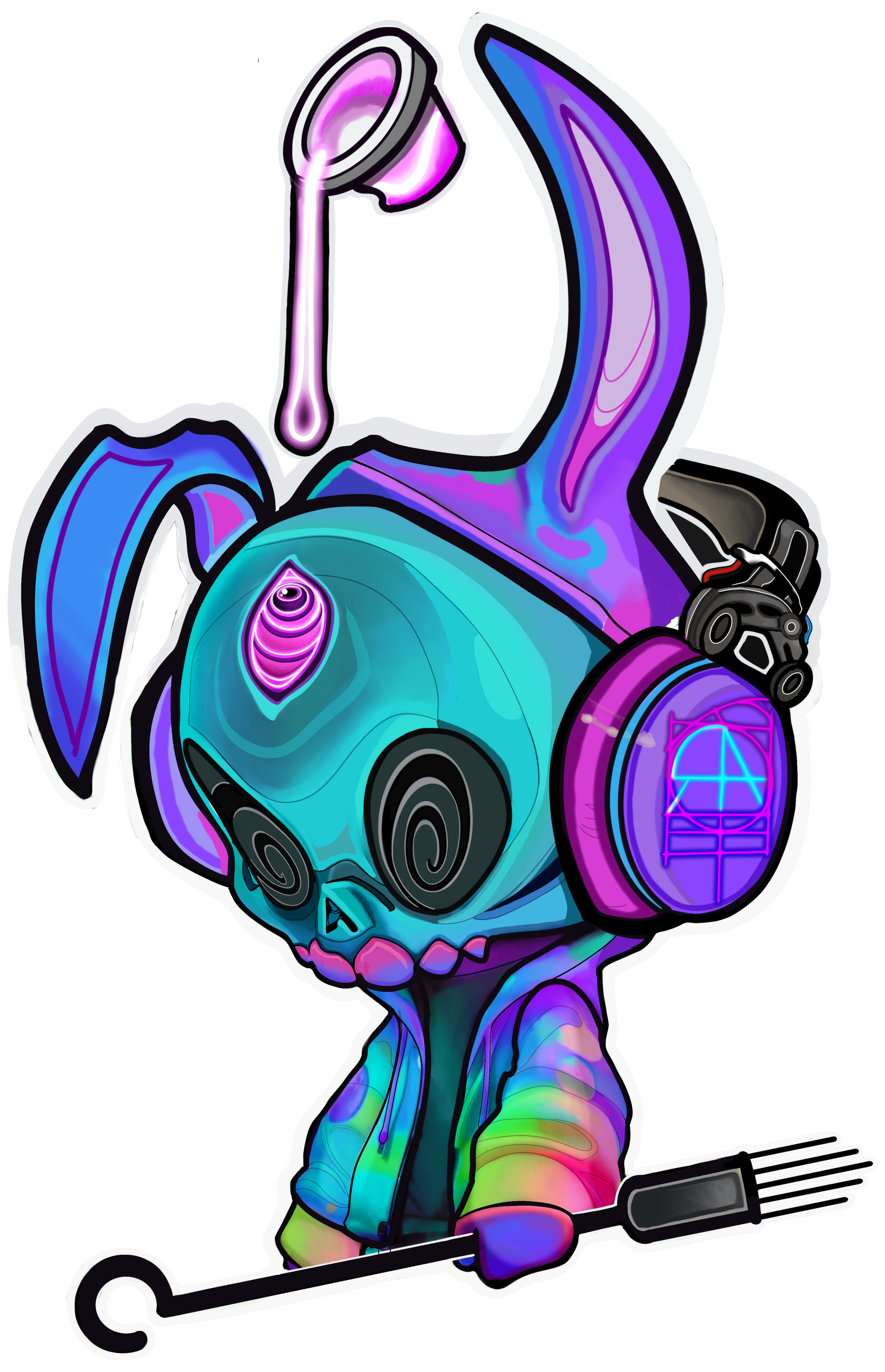Etched in Time: Unveiling the Enigmatic Art of Ancient Chinese Tattoos
Introduction
In the heart of the Far East, a timeless art form has woven its way into the fabric of Chinese culture. Join us on a journey through the history of tattooing in China, from its enigmatic origins to its place in modern society. Discover the spiritual symbolism, cultural expressions, and evolving traditions that have left an indelible mark on the skin of the world's most populous nation.
I. The Ancient Origins of Chinese Tattoos
The history of tattooing in China dates back over two millennia, with evidence of tattooed mummies found in Xinjiang province dating back to the Warring States period. These ancient tattoos held ritualistic significance, representing connections to spirits, protection, and cultural identity.
II. Spiritual Symbolism and Cultural Expressions
Chinese tattoos were often imbued with spiritual symbolism, rooted in the teachings of Confucianism, Daoism, and Buddhism. Dragons, phoenixes, and mythical creatures found their way onto the skin, representing power, balance, and cosmic harmony. The art form also served as a marker of social status and cultural belonging.
III. Criminal Punishment and Mark of Deviance
During certain periods of Chinese history, tattooing was used as a form of criminal punishment, branding offenders with permanent marks to identify them as criminals. Tattoos were also used to distinguish prisoners, marking them with characters that indicated their crimes.
IV. The Forbidden Art during the Qing Dynasty
The Qing Dynasty (1644-1912) marked a period of strict control over cultural practices, and tattooing was no exception. Tattooing was considered taboo and associated with criminality. It was during this era that the art of Chinese tattooing faced suppression, leaving a lasting impact on its practice and perception.
V. The Revival and Contemporary Chinese Tattoos
In the late 20th century, Chinese tattooing experienced a resurgence, fueled by a newfound interest in traditional culture and artistic expression. Contemporary Chinese tattoo artists skillfully blend traditional motifs with modern techniques, creating a diverse array of designs that reflect both ancient symbolism and individuality.
VI. The Modern Artistry of Chinese Tattoos
Today, Chinese tattoos have become a form of artistic expression, embracing a wide range of styles, from calligraphy to traditional ink brush paintings. Tattoos have evolved into a medium for preserving cultural heritage, personal beliefs, and storytelling.
VII. Embracing Cultural Identity
In a rapidly changing society, Chinese tattoos have become a means for people to embrace their cultural identity and connect with their ancient roots. The art form has transcended borders, with people from different backgrounds and nationalities seeking Chinese-inspired tattoos to celebrate the richness of Chinese culture.
Conclusion
The history of Chinese tattoos is a captivating journey through ancient spiritual symbolism, cultural expressions, suppression, and contemporary revival. From the ancient origins rooted in spiritual beliefs to the modern embrace of artistic freedom, Chinese tattoos have evolved into a vibrant canvas that tells the stories of individuals and their connection to the profound cultural heritage of China.
